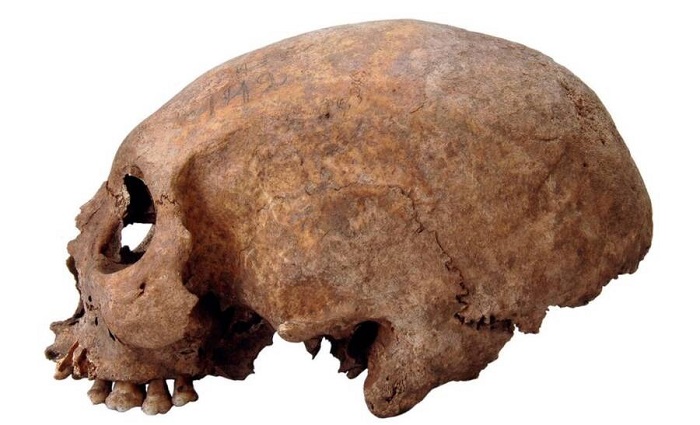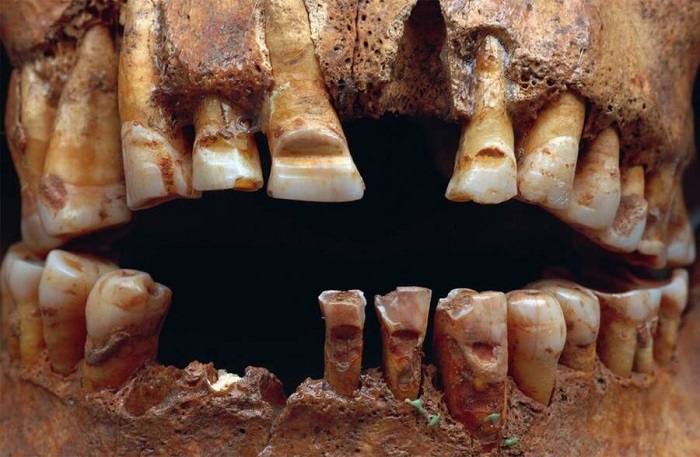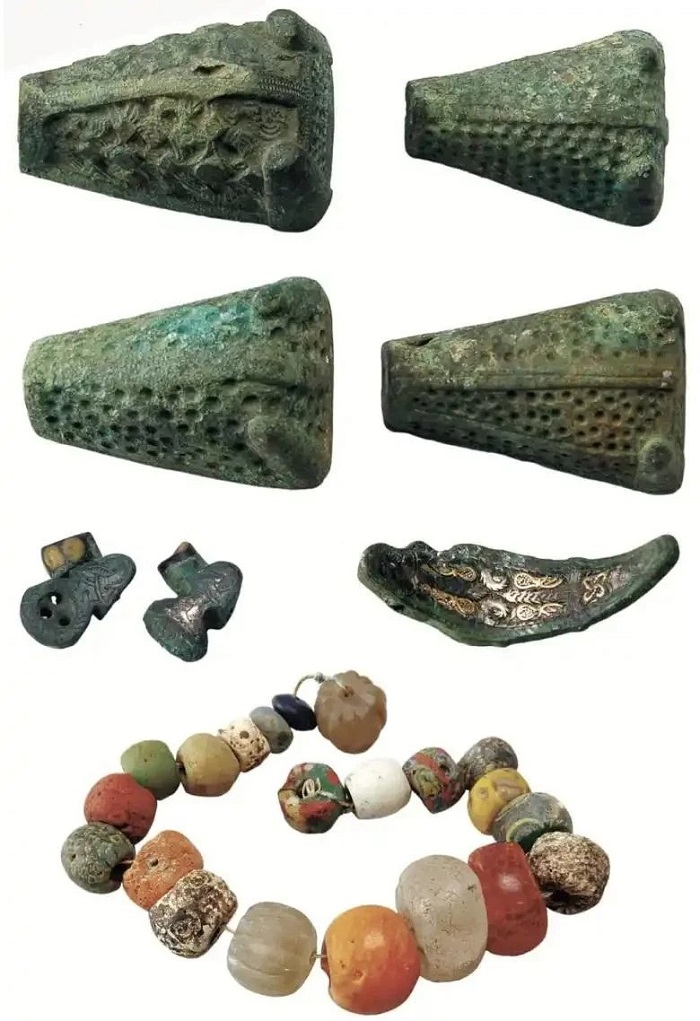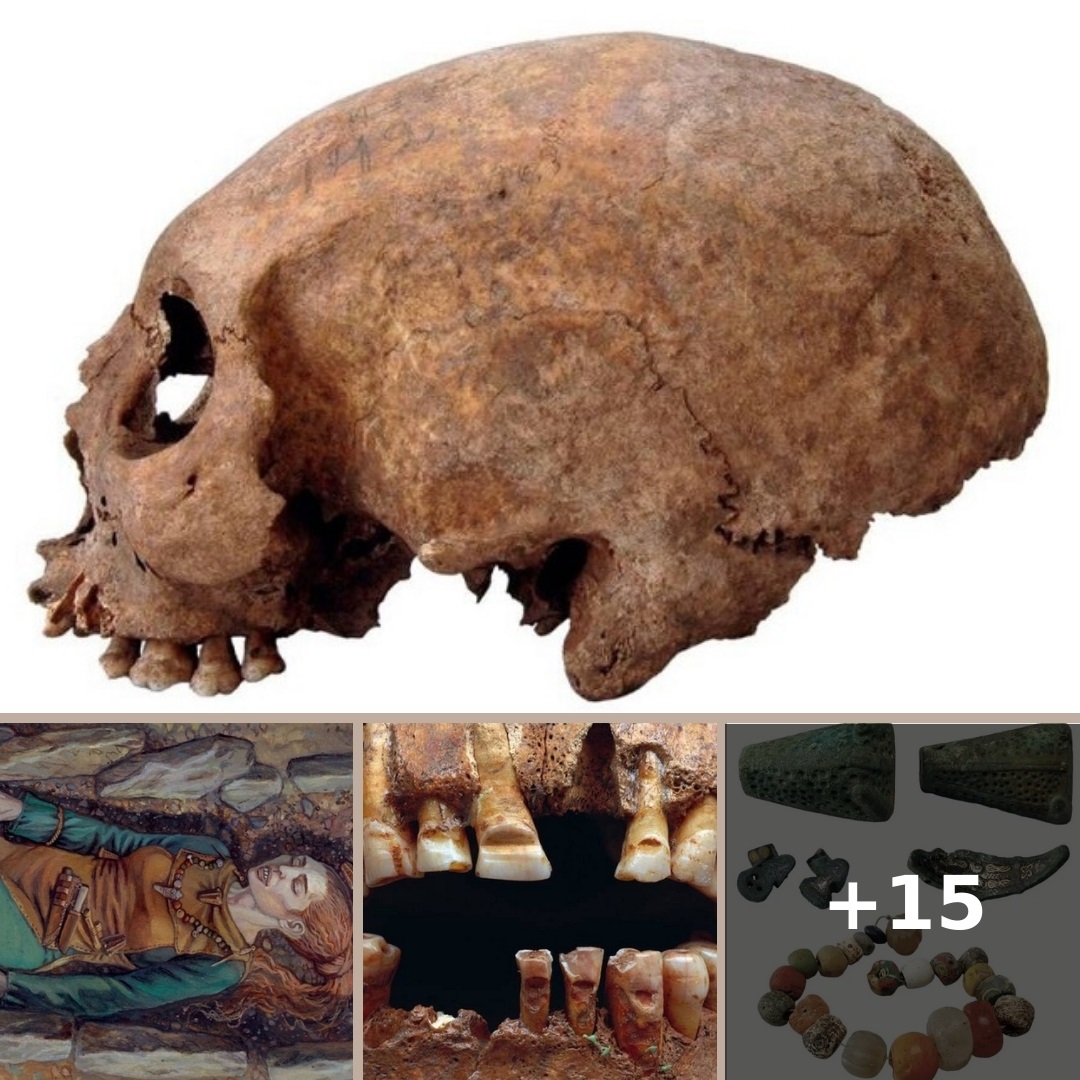The presence of skull elongations among three Viking Age women in Gotland, Sweden reveals interesting insights about Viking relationships with other Europeans.

Over 100 miles south of Stockholm, Sweden sits the island of Gotland. For decades, historians have considered the island an important source of information about Viking culture due to its hundreds of 10th and 11th-century burials.
For years, historians recognized body modification as a key piece of Viking culture. Texts from the Viking Age, as well as human remains, prove that tattooing and teeth filing were common. However, researchers have just added another form of body modification to that list: skull elongation.
Originally practiced by Huns and in southeastern Europe, skull elongation had never before been observed in Viking burials. But its presence among three 8th to 11th-century women buried in Gotland points to the presence of cultural exchange between the Vikings and other Europeans.
Body Modification In Viking Culture

Historians have long recognized body modification as an important part of Viking culture. As described by Arab diplomat Aḥmad ibn Faḍlān in his 10th-century journal, Vikings commonly tattooed themselves. Viking remains uncovered as early as the 1990s have also featured oral modifications. In this ritual, Vikings employed the use of iron tools to carve grooves into the teeth.
Now, researchers have identified skull elongation among the remains of a small number of Viking women in Gotland, a remote island in Sweden.
In total, researchers identified three women with cone-shaped skulls, dated between 793 to 1066 C.E. This is the first known example of the group practicing head elongation.
According to the research team’s study, the women likely had their heads wrapped in bandages at birth to make the cranial modification.
“This knowledge of how to modify an infant’s skull might have required community involvement and could not simply be passed on between isolated individuals,” the authors explained. As for its purpose, researchers suggest it may have been a sign of class distinction among this Viking community.
“I assume that the foreign (or rather alien) appearance of these females was visible,” study lead author Matthias Toplak, an archaeologist at the Viking Museum Haithabu in Germany, told Live Science. “It might have been a token of a certain elite or some other social group.”
Given that this type of modification likely originates from nomadic Huns, who invaded Europe between the 4th and 5th centuries C.E., researchers realized that its presence in Gotland revealed intriguing information about Viking relations with other cultures.
Revealing Significant Information About Viking Culture

According to Live Science, one particular family in Gotland may have practiced skull elongation as a visible representation of their connection to a region where the practice is common, such as in southeast Europe near the Black Sea. One of the women may have even come from this region originally.
“I suggest that the skull deformations on Gotland were regarded as evidence of far-reaching trading contacts, and thus as tokens of influence and success in trading,” Toplak told Live Science.
Much of what historians know about Gotland’s influence during the Viking Age comes from the hundreds of 11th and 12th-century burials that litter the island. In fact, many of the known examples of Viking body modification come from the remains in these burials, pointing to Gotland as a hub for cultural exchange. Even after the Viking Age, German merchants used the island for trade during the 12th and 14th centuries.

Still, skull elongation is “a rather newly discovered phenomenon that requires intensive research,” according to the study authors. Researchers need to collect more evidence to definitively explain the purpose of the practice.
“The specific expressions of these customs in Viking Age society still lack systematic investigation in terms of their social implications,” the study’s authors write.
After reading about Viking skull elongation, dive into the brutal “Blood Eagle,” a legendary Viking torture method. Then, read the six most extreme female body modifications from around the world.

